Minor Characters--the Fred and Ethels in your Story
Can you imagine Lucy and Ricky Ricardo without Fred and Ethel Mertz? In every story you need your Fred and Ethels—someone for your hero and heroine to interact with. Nobody can live in a vacuum for long, even fictional characters. They need advocates and opponents that help define who they are.Think about your characters' flaws and strengths. Then think about the story question you have set up in the opening. In my story, WALTZING WITH ALLIGATORS, a small town Alabama girl finds out she's the kidnapped daughter of a New England financier and has just inherited an enormous fortune. She's grown up without means and has been looked down on all her life by the wealthy members of her community. The inciting incident throws her into a moral quandary. The story question is: Will Gracie accept her inheritance? My job in my story is to setup situations and find secondary characters who will force Gracie to examine and change her attitude about her unexpected windfall.
Have you chosen secondary characters for your story who will force your main characters to grow and change enough during the course of the story so they will deserve their HEA at the end of the story? Look for allies, mentors, and enemies who will complement as well as oppose your hero and heroine's personality traits.
Mentors will force the hero and heroine to look within themselves and acknowledge their flaws and failings, then challenge them to overcome their weaknesses. The enemies will strike at those weaknesses and try to bring your hero and heroine to their knees. Their attacks will cause your hero and heroines to find the inner strength he or she needs to triumph and grow. The allies are the hero and heroine's support group—the best friends—someone to keep them on a steady course when the going gets rough.
The very nature of a hero or heroine makes them prone to perfection in our minds, while our secondary characters are often handicapped with interesting flaws and quirks that add color and humor to the story. Janet Evanovich's character from the Stephanie Plum series, Grandma Mazur, is one such character. If the story gets too dark, she's there to lighten it up. One of my favorite uses for minor characters is to add humor when the hero and heroine begin to take things too seriously.
Just one caution about these interesting sidekicks: If you're like me, you might fall a little too much in love with your secondary characters. You may have to watch that they don't steal the spotlight from your hero or heroine and run away with your story. For me, the risk is worth the gain. Give them jobs and make them work for their glory. They won't disappoint you. Secondary characters are the way of the Force.
Happy Writing!

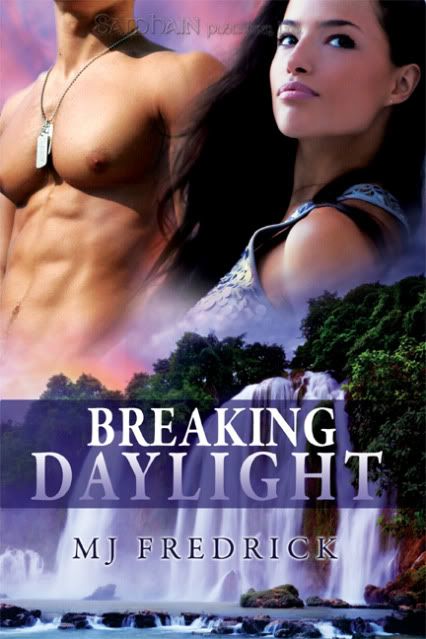
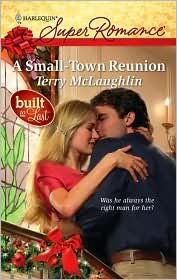
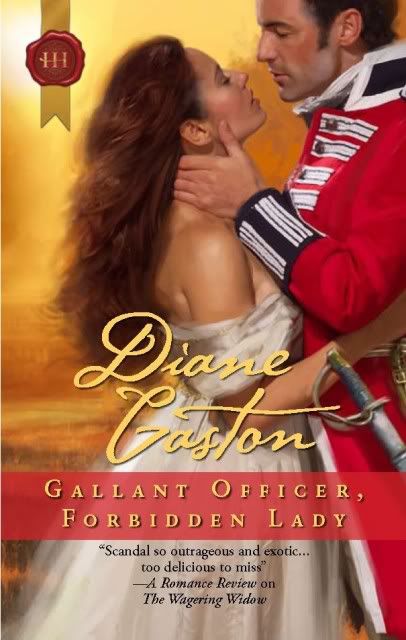



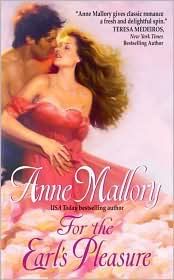

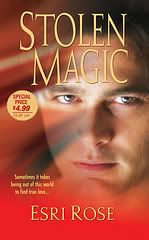
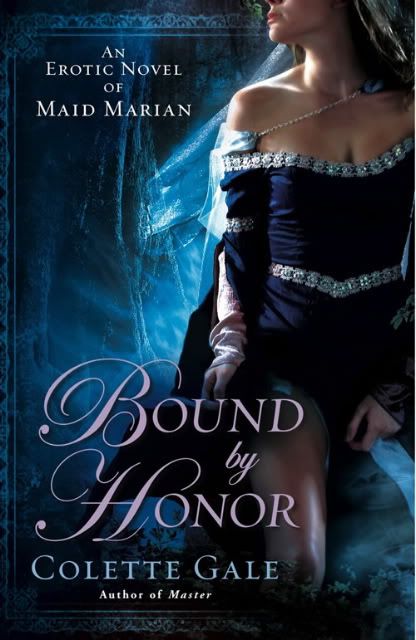
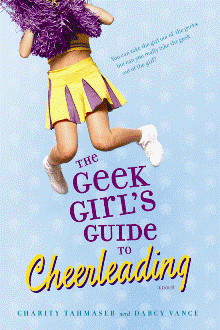
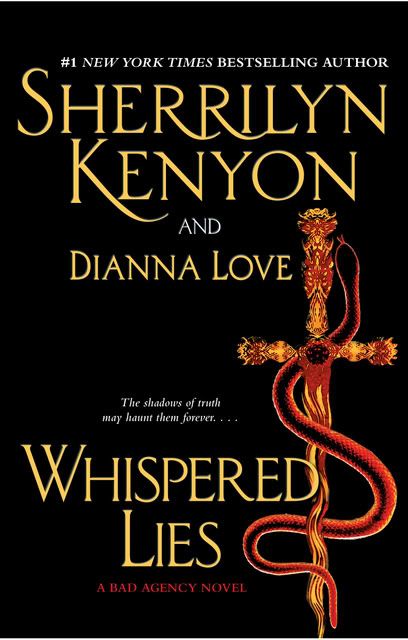
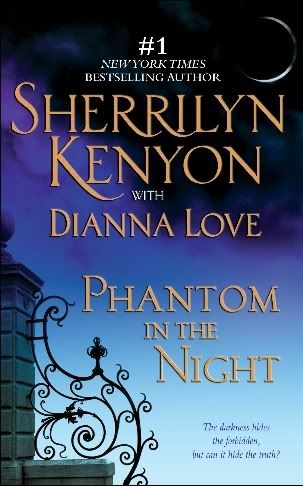




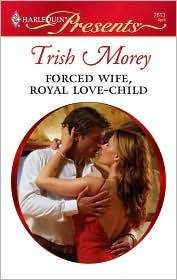
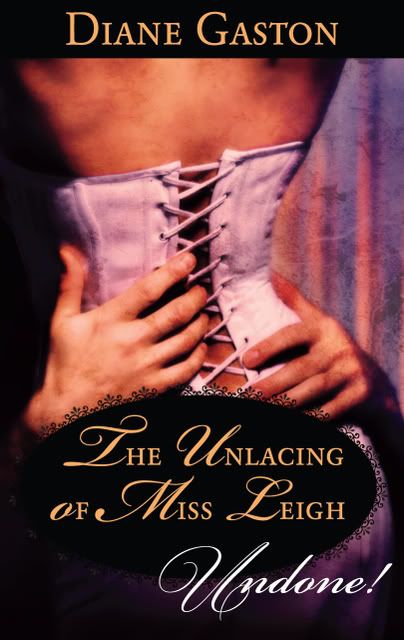




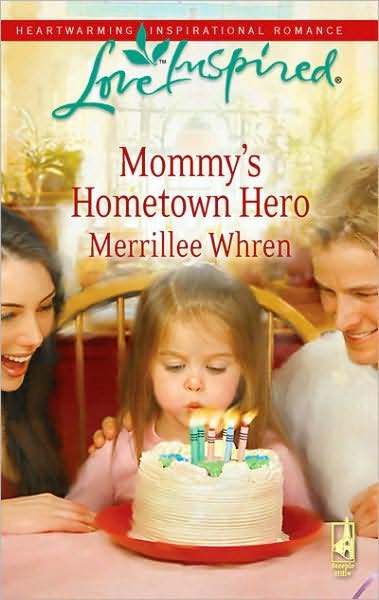
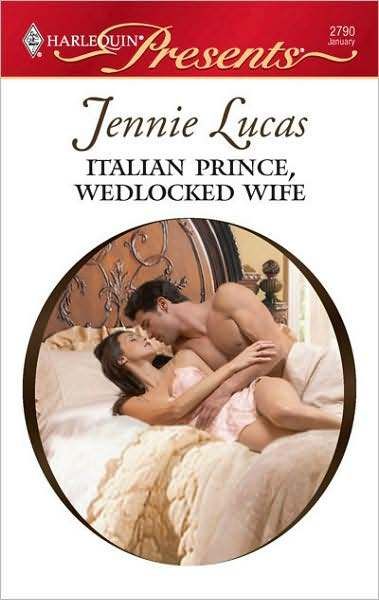
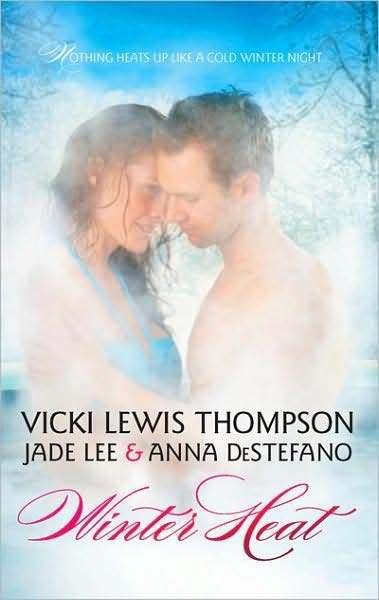

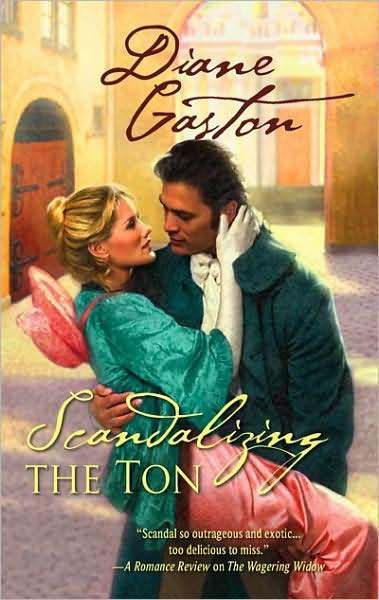
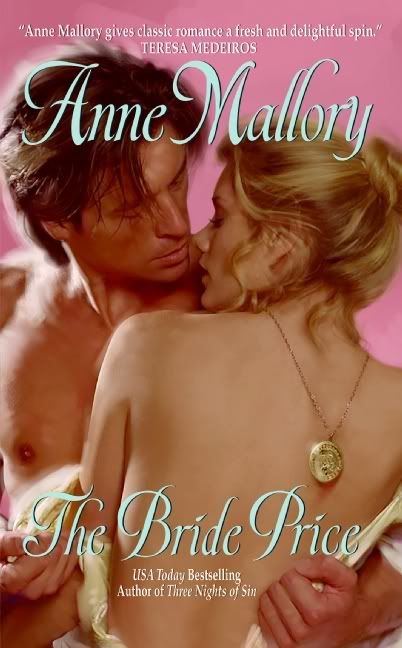
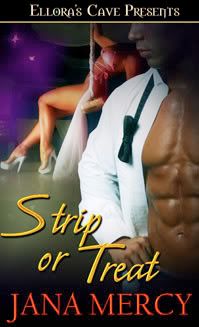
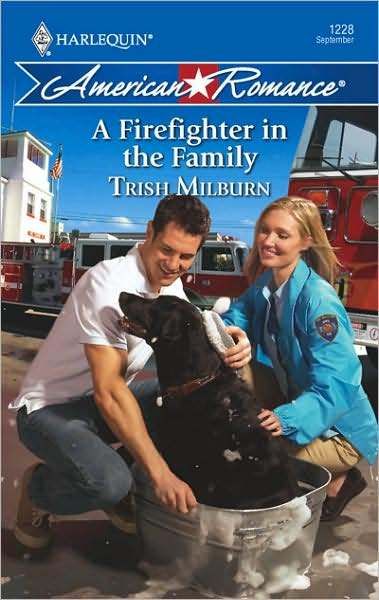
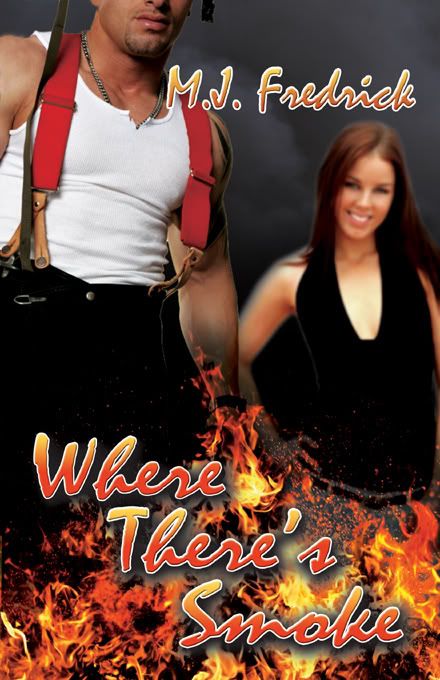
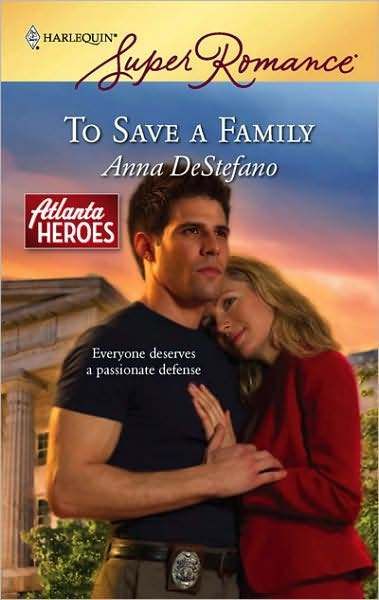


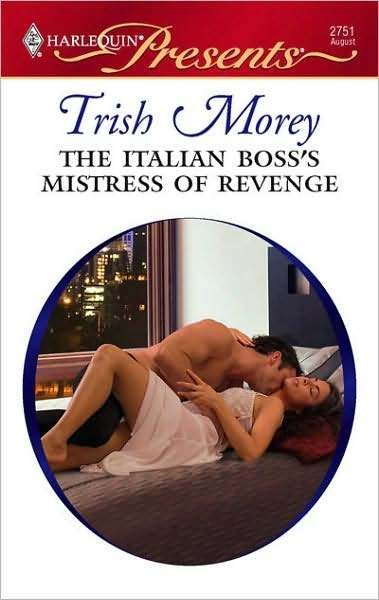
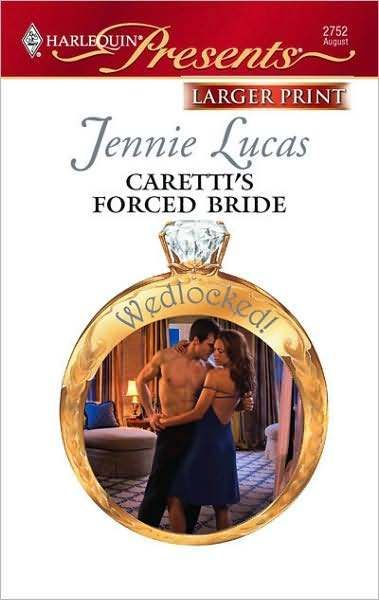



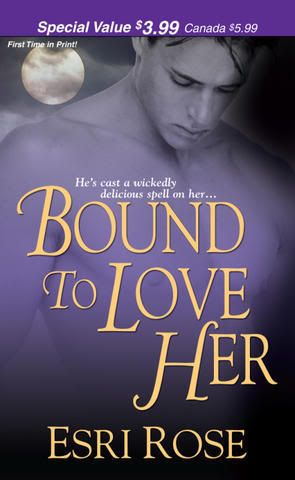

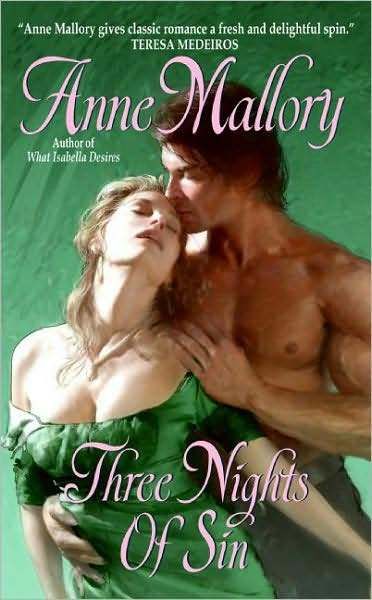
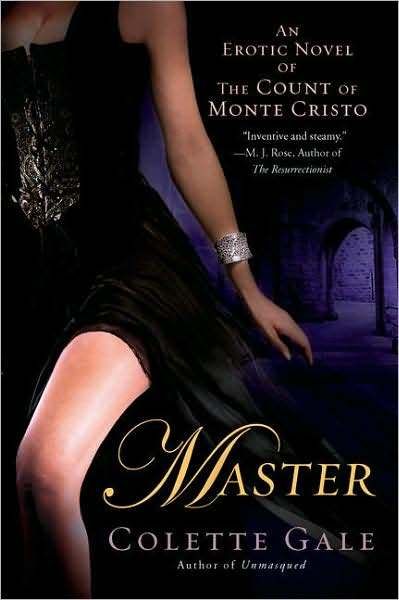





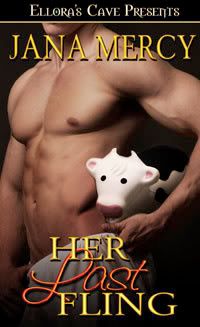
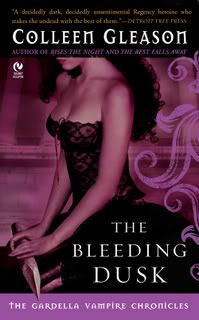
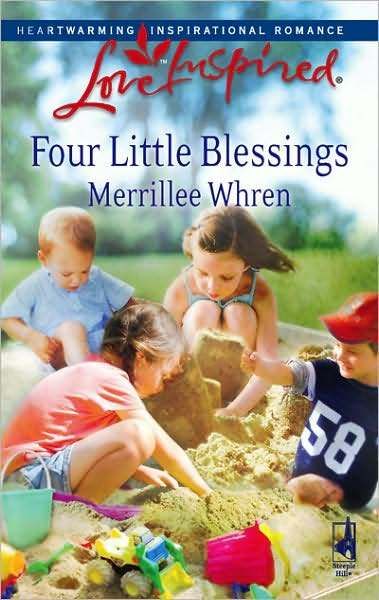

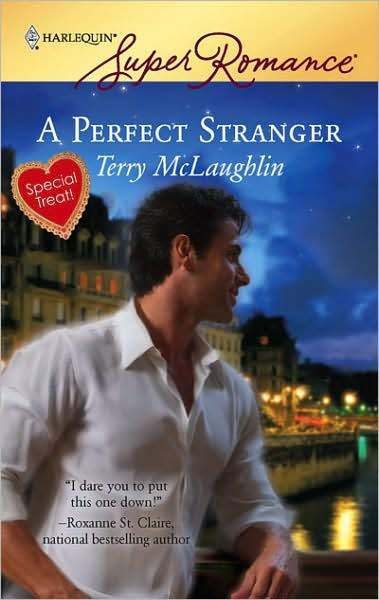


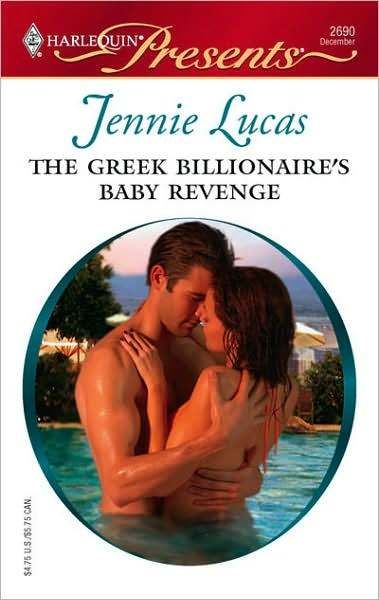

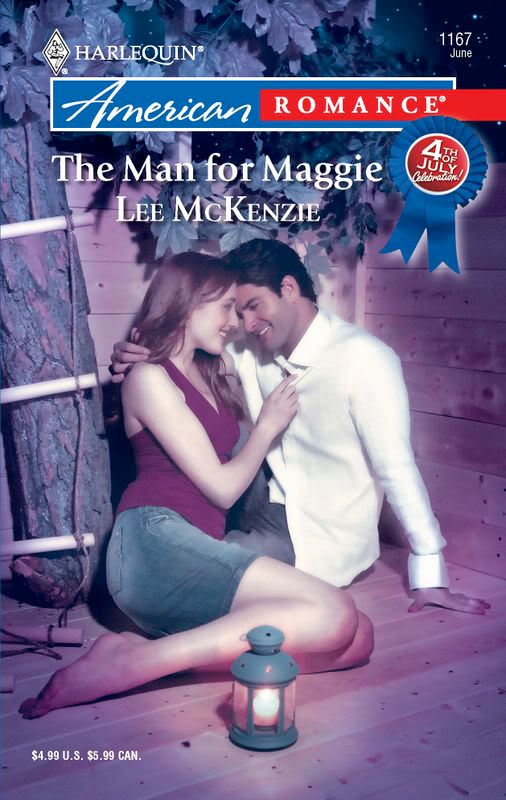
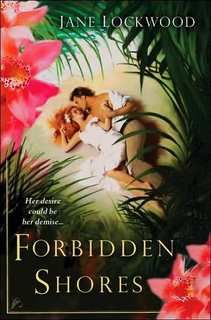

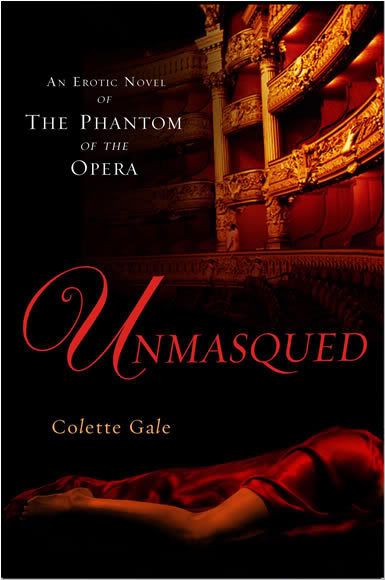
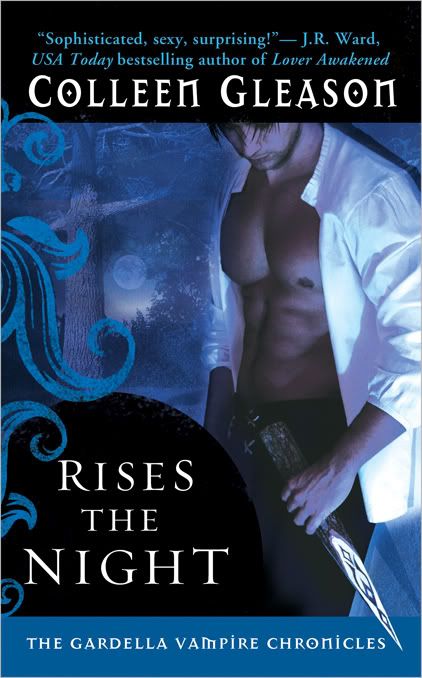
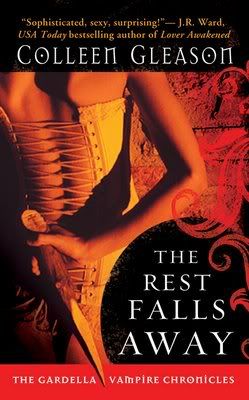
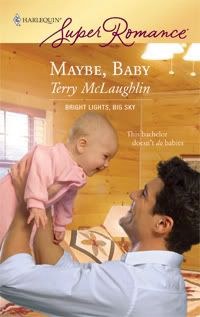
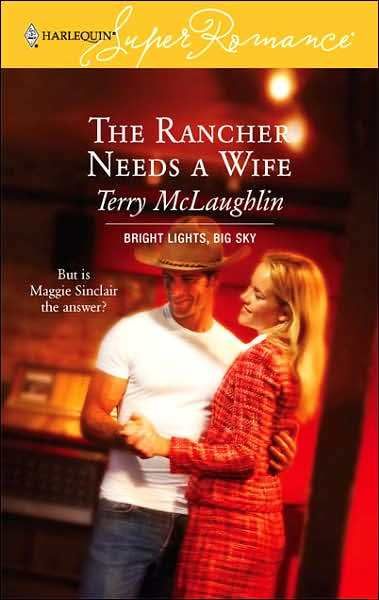
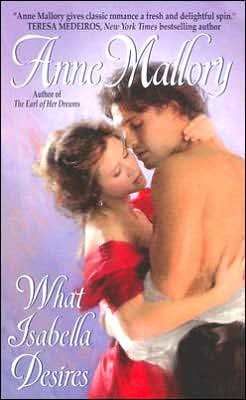
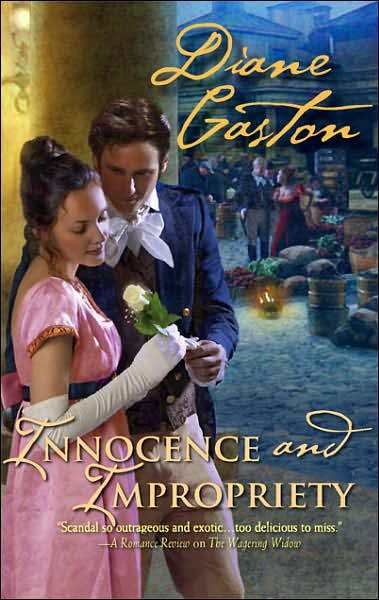
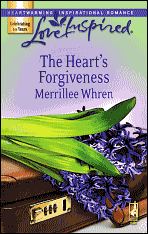
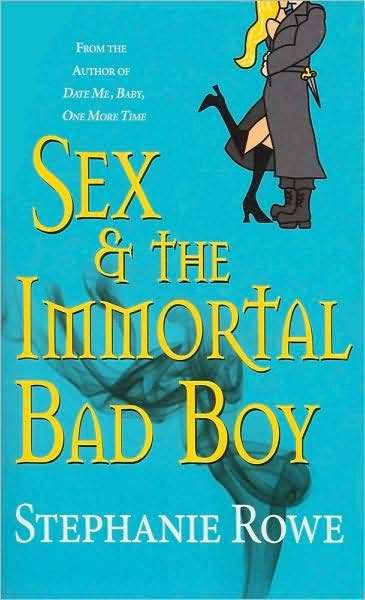
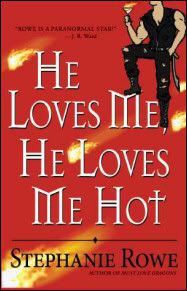
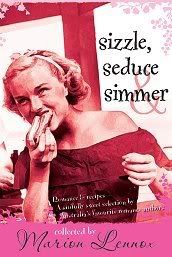
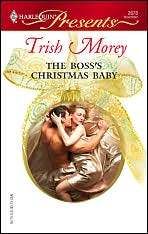
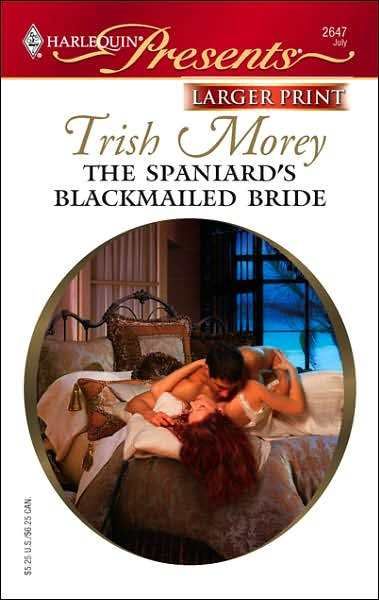
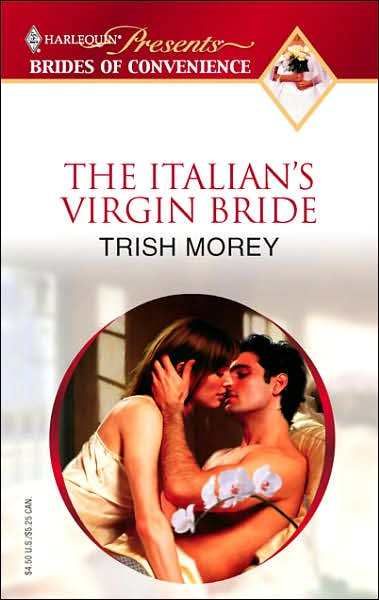
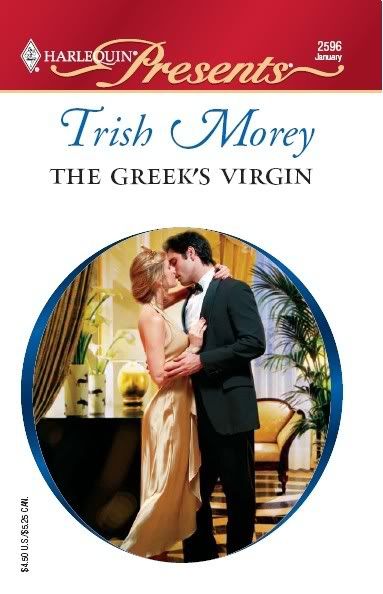

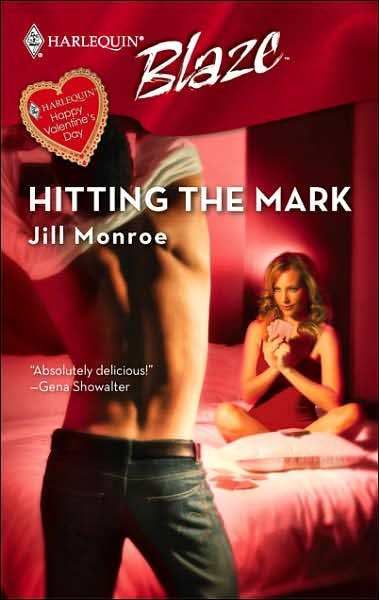
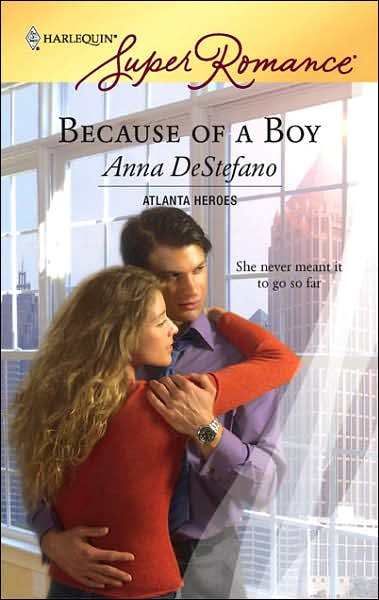
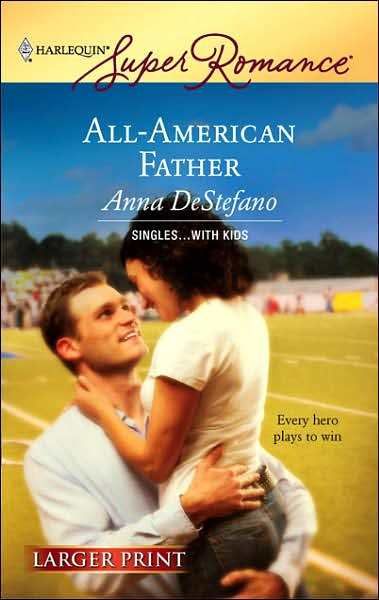
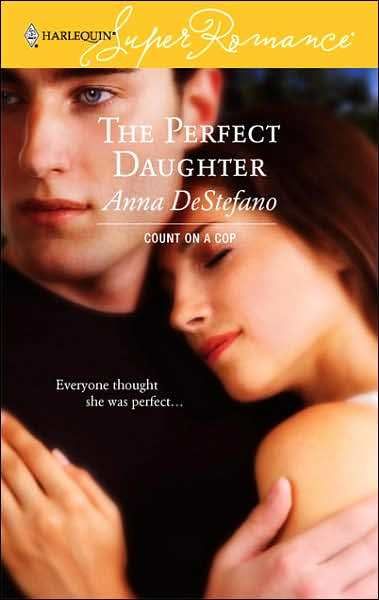

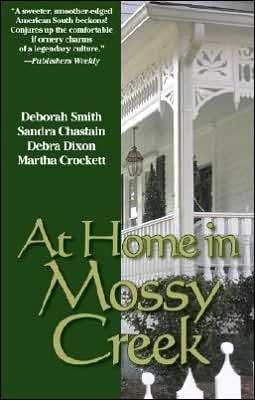
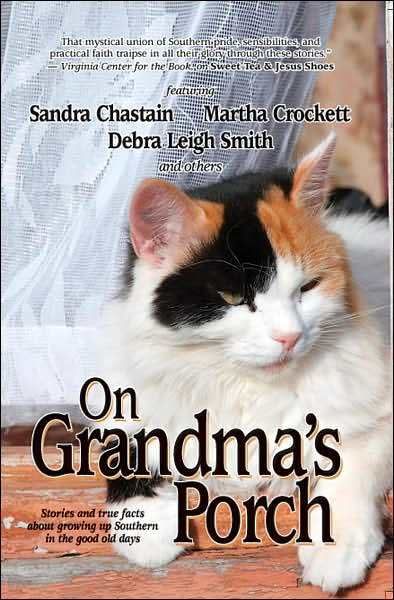
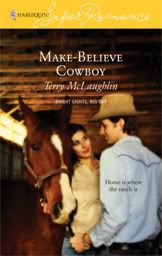

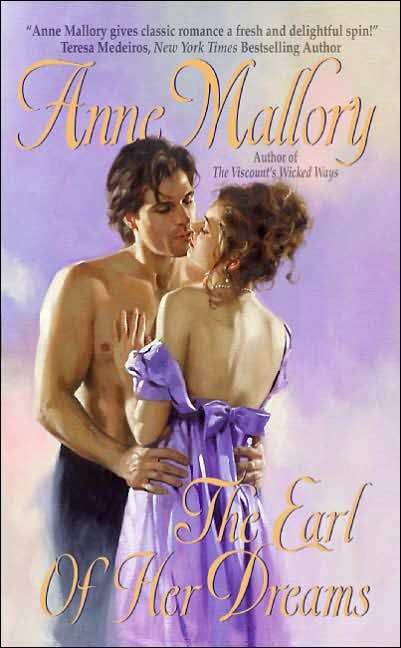
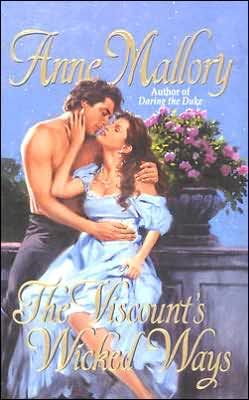
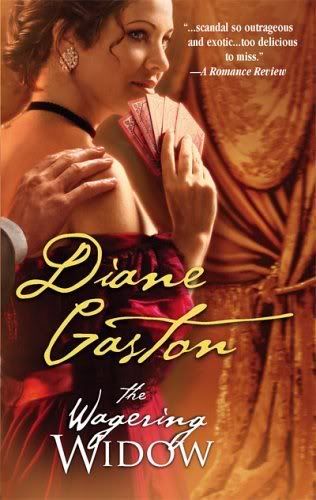
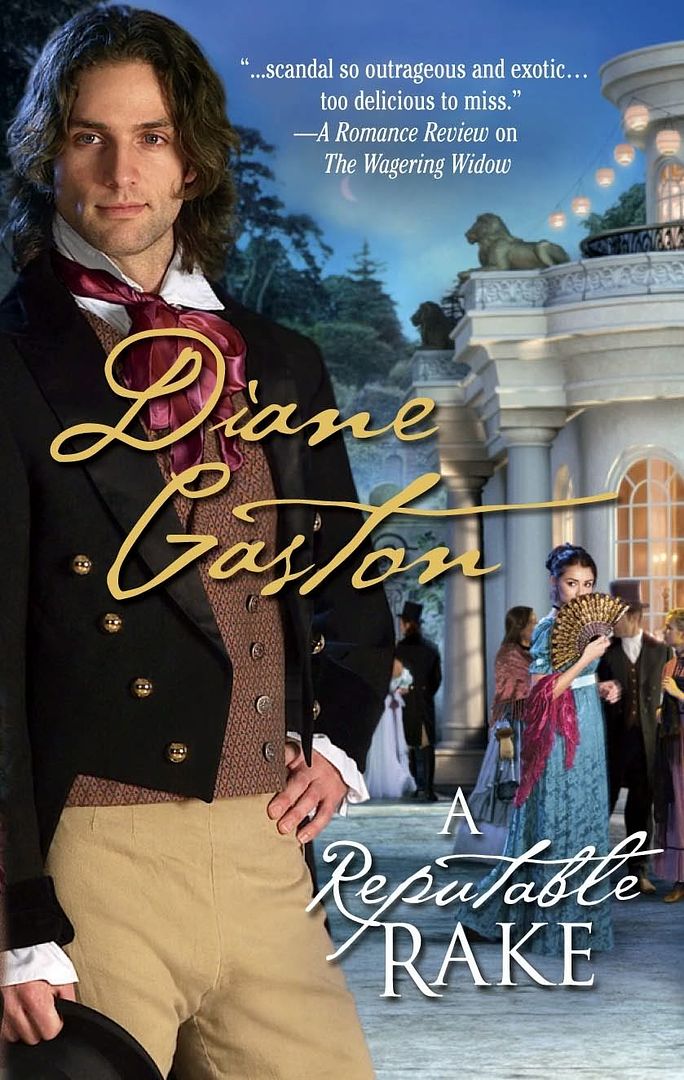
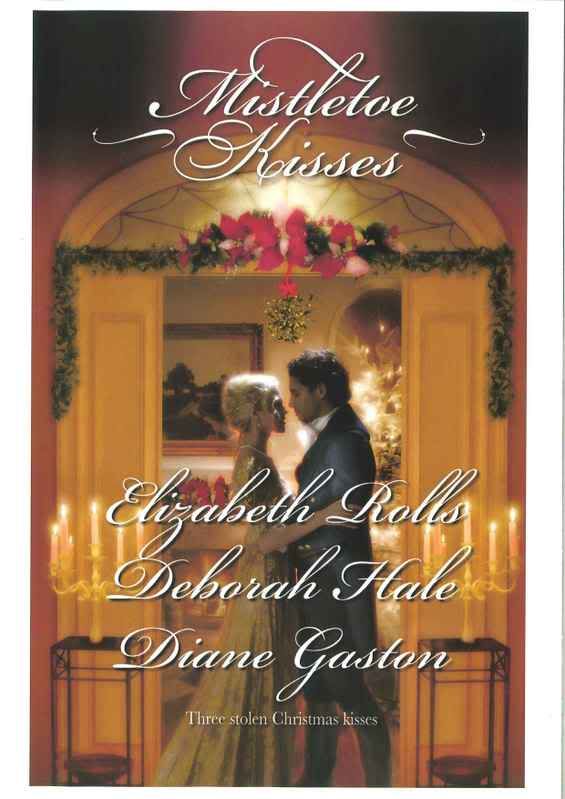
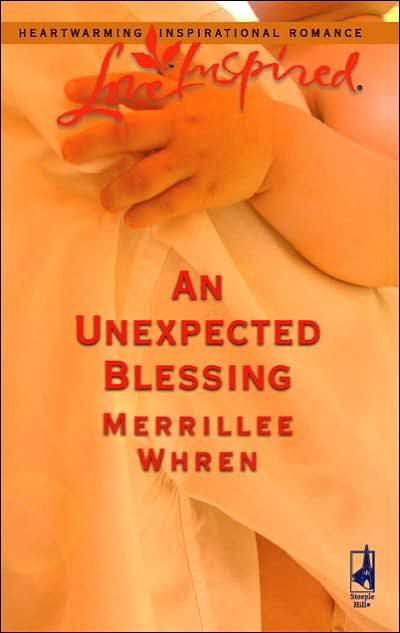

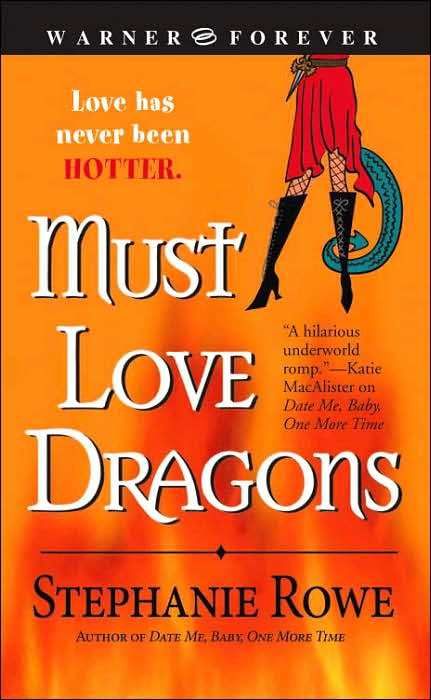
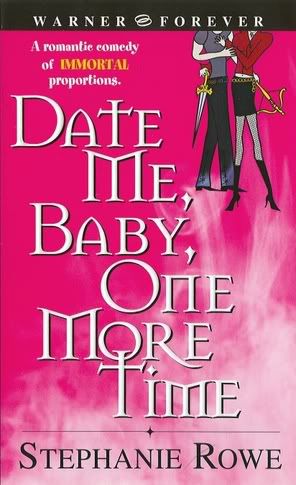

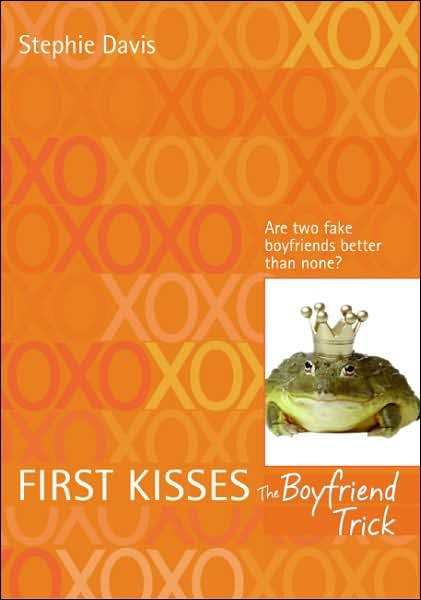
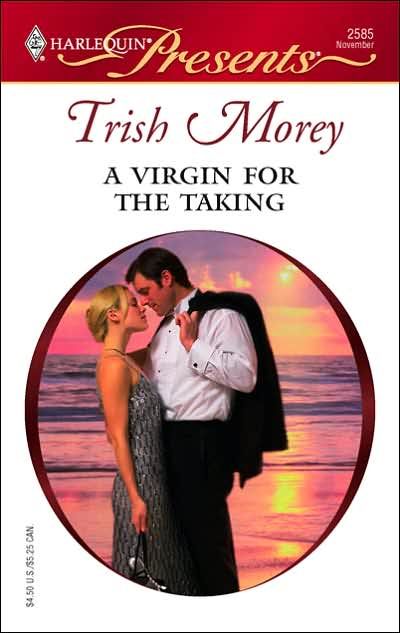
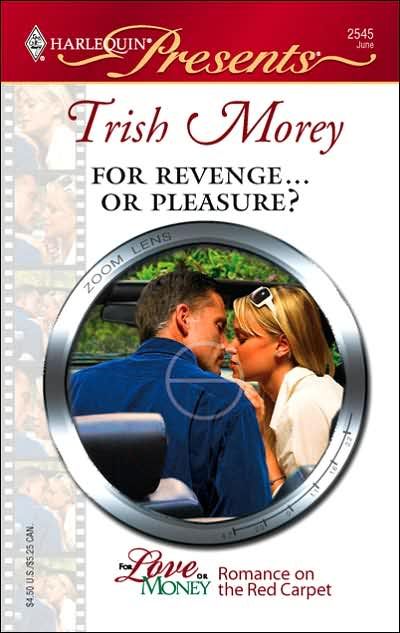
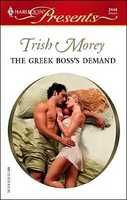



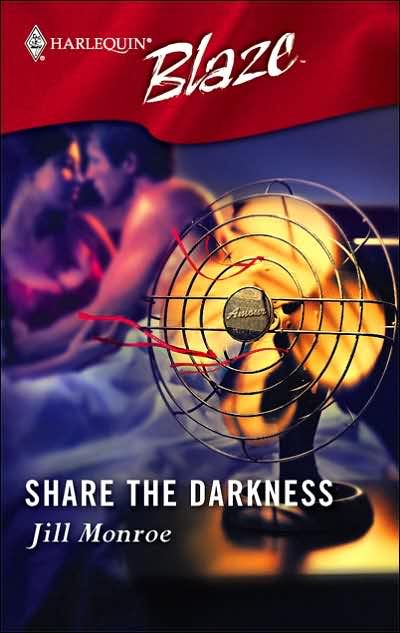




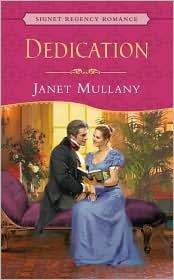
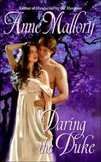
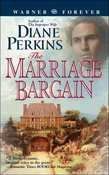
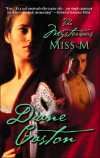

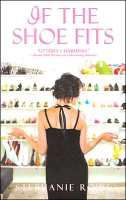

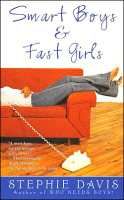



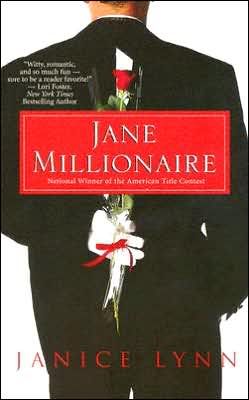



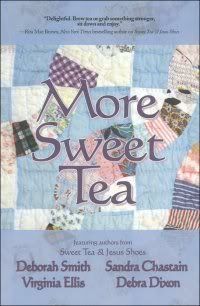
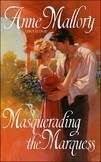
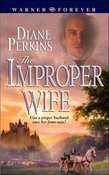
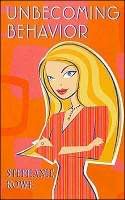
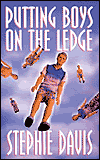

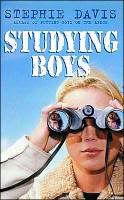
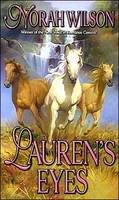
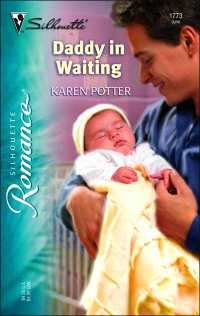
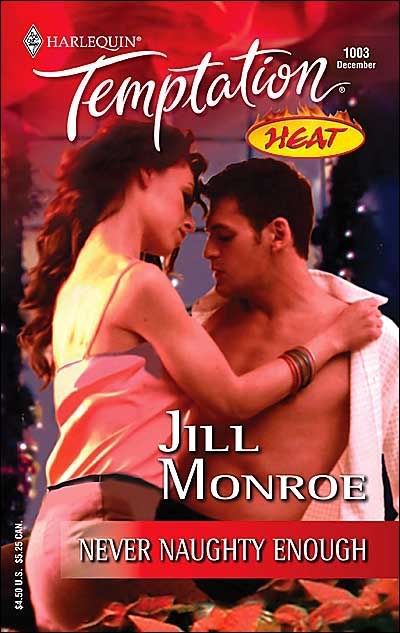





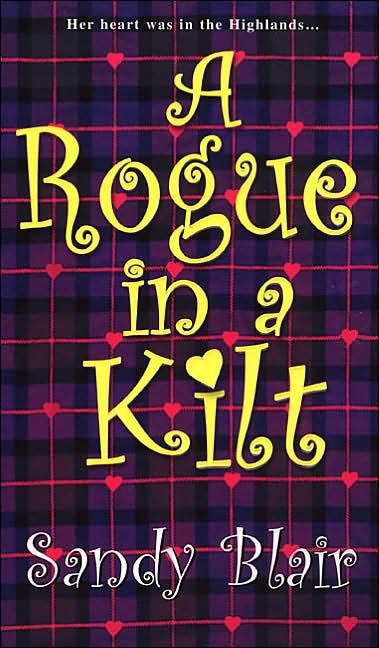

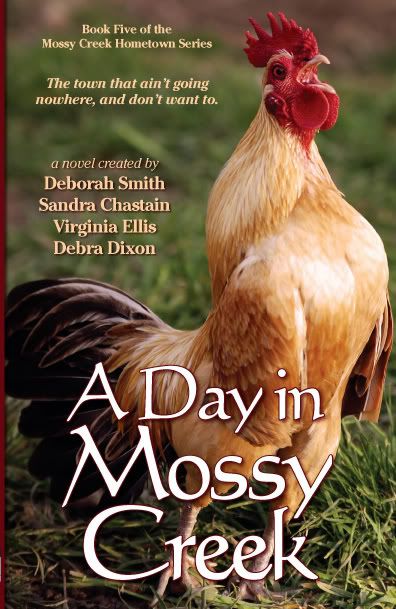

6 Comments:
Your last paragraph made me smile. I was hoping this post might be labeled "How to beat your secondary characters into submission" :).
Excellent suggestions!
Sometimes when I read the secondary characters have a quirk that makes them so intriguing I find myself wondering about them more than the main characters. I guess that's why I like series. I always hope I'll get to know more about that circle of characters.
Just so, Patricia! I love writing secondary characters and love writing a series. I "beat them into submission," Gillian, by promising the worthiest of my secondary characters their own book. That's how Cyprian Sloane became A Reputable Rake and Tanner became the hero in The Vanishing Viscountess. But, even the ones who don't get their own book, often get to reappear - Madame Bisou, Katie, and my two favorites, the Marquess and Marchioness of Heronvale, who made their first appearance in The Mysterious Miss M!
It is important to craft your secondary characters well. It is best if they can integrate into the hero and heroine's plot, so that their endings come about because of what happens in the main plot. It is also important not to make them "stock" characters. For example, my British Mills & Boon editors once called me on making my butler into a stereotypic figure, a Jeeves figure. From then on I've tried to make such characters into multi-dimensional individuals. We've all read romances where the heroine has a quirky best friend. Better to make her quirkiness, or her multidimensional personality serve the plot and not be there solely for the heroine to have a conversation that reveals backstory.
I love secondary characters. And LOL, Gillian, that's why I love them because they can do and say anything it seems.
Great post, Lorelle.
I have so much trouble keeping my secondary characters down on the farm. They always want to take over the book!
Yes, O Divine One, your secondary characters are a real treat. Loved Cyprian and I was so glad Tanner got his own book. And I always love to hear what is going on with the Heronvales. I love books where you don't just get a great romance, you also get to visit with old friends. It is so funny, but my hero's mentor is his late brother's gay lover/valet. His two best friends are complete opposites and annoying as hell to him. Her best friend is a notorious rake who doesn't see her romantically, but doesn't like who she married. Men!!! Sheesh! The secondary character who will probably be the heroine of my second book has a very old, very fat pet rabbit named Percival. He appears briefly in Lost in Love and now everyone who has read it wants to know if Percival will show up again!!
Post a Comment
<< Home
Subscribe to Post Comments [Atom]